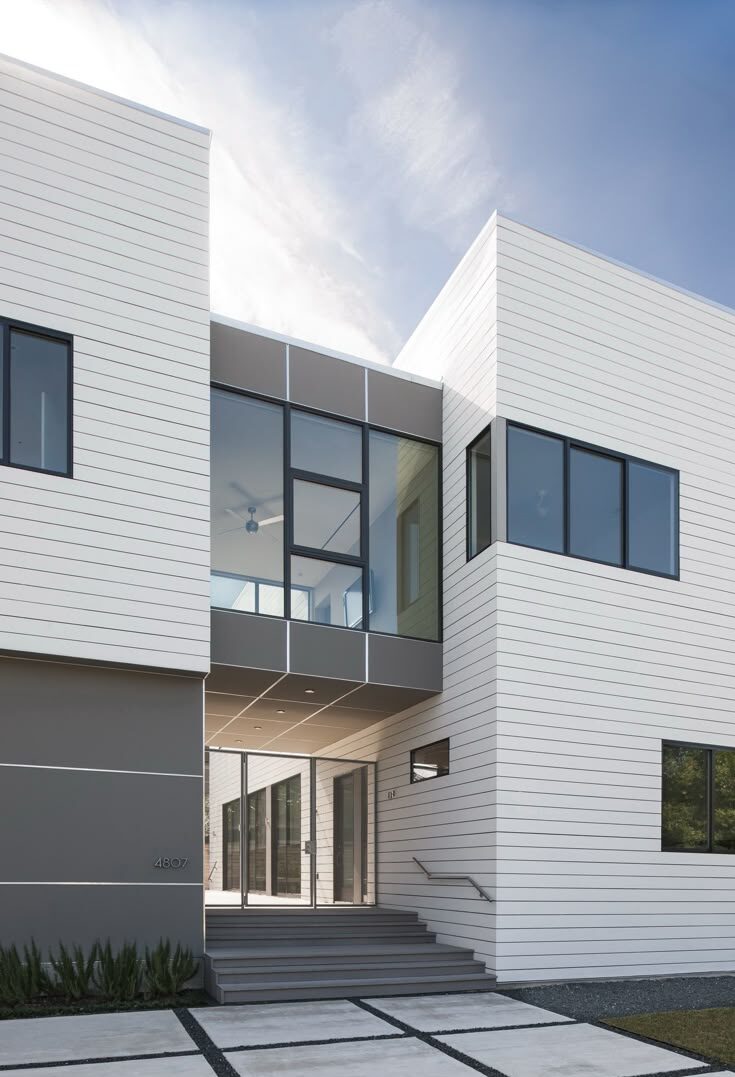Fiber cement is a versatile building material gaining popularity for its durability and aesthetic appeal.
Composed of cement, cellulose fibers, and sand, it’s eco-friendly and remarkably resilient.
It’s most commonly used in home exteriors, providing a blend of strength, sustainability, and style that appeals to modern homeowners.
Explore these 10 unique reasons why fiber cement might just be the perfect choice for your next project.
1. Acoustic Insulation
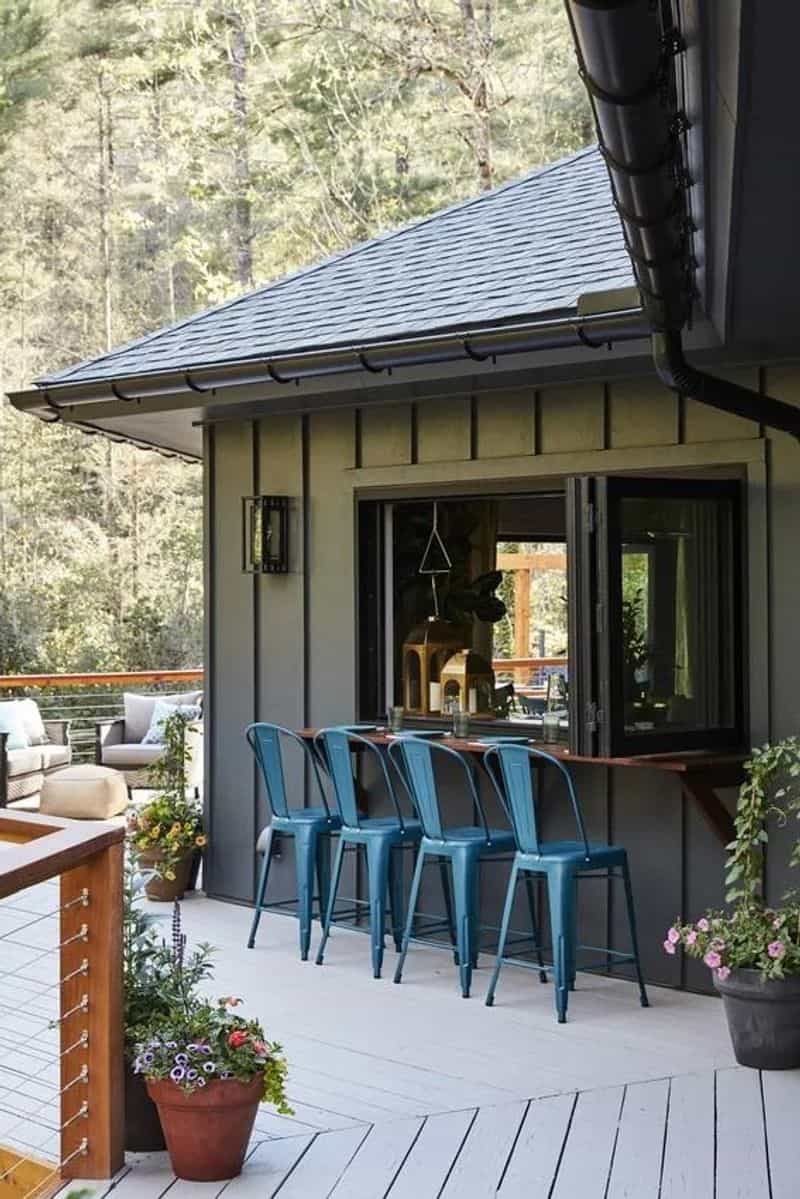
One lesser-known benefit of fiber cement is its sound insulation properties. It dampens noise effectively, perfect for urban areas.
The tranquility it provides indoors is a hidden gem for those seeking peace. Living in a bustling city doesn’t mean sacrificing quiet; fiber cement ensures serenity amid chaos.
2. Versatile Application
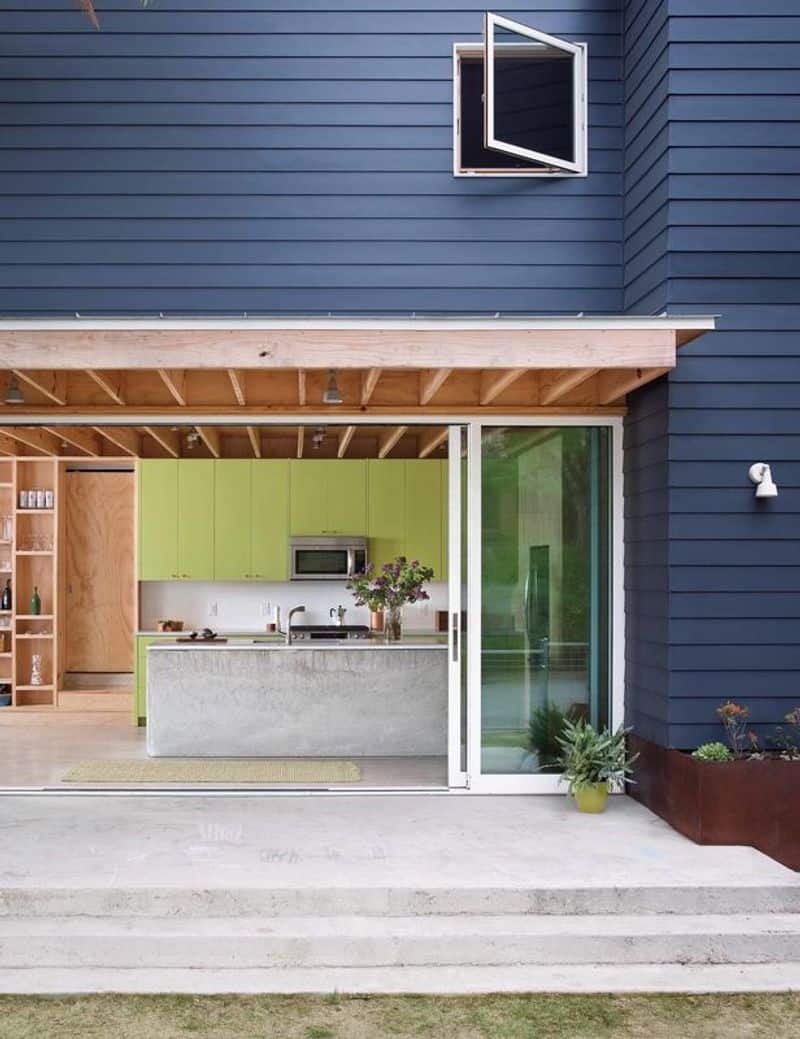
From homes to commercial buildings, fiber cement’s applications are vast. Its adaptability is unmatched, suitable for different architectural styles.
Whether renovating an old house or designing a modern office, it fits seamlessly.
This versatility extends to interior and exterior uses, showcasing its multifaceted nature.
3. Durability & Longevity
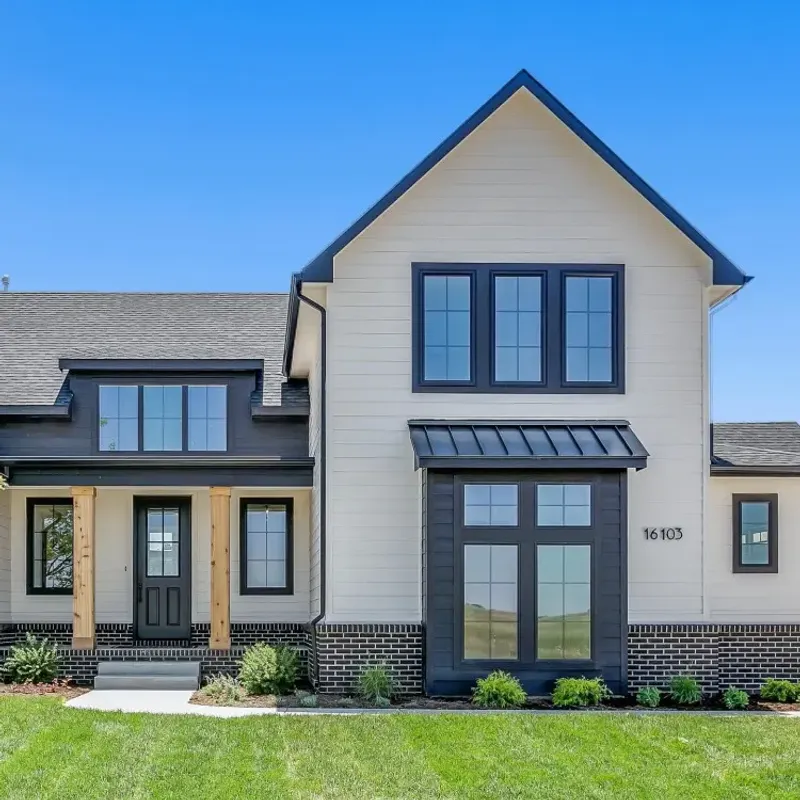
Fiber cement is celebrated for its durability. Resistant to rotting, warping, and pests, it stands the test of time. Imagine a material withstanding fierce storms without flinching.
It’s engineered to last, providing homeowners peace of mind.
Over decades, it maintains its integrity, unlike traditional wood. Therefore, it’s an investment in the future.
4. Cost-Effectiveness
An economically smart choice, fiber cement balances cost and quality. Its longevity reduces maintenance expenses over time.
Compared to alternatives, it offers better value. Although upfront costs may be higher, the savings on repairs and replacements justify the investment.
It’s about spending wisely for long-term benefits.
5. Eco-Friendly Composition
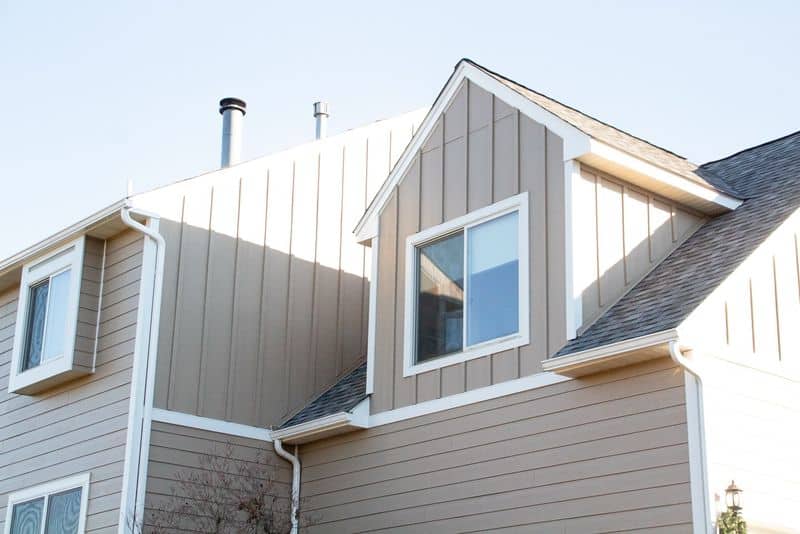
Crafted from recyclable materials, fiber cement is a sustainable choice. It doesn’t deplete natural resources excessively.
Incorporating cellulose fibers and sand, it embodies green construction practices. Its production process often utilizes renewable energy, aligning with environmental commitments.
Choosing fiber cement means supporting a healthier planet.
6. Fire Resistance
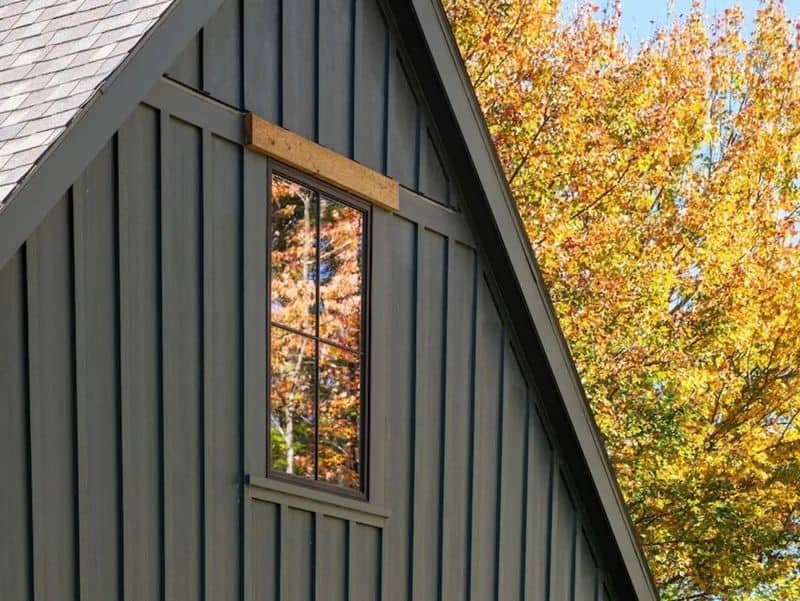
Safety is paramount, and fiber cement excels with its fire-resistant properties. It doesn’t ignite easily, offering a layer of protection.
In fire-prone areas, this benefit is invaluable, providing homeowners with peace.
Its composition ensures that it won’t combust, adding a safety net against potential hazards.
7. Aesthetic Versatility
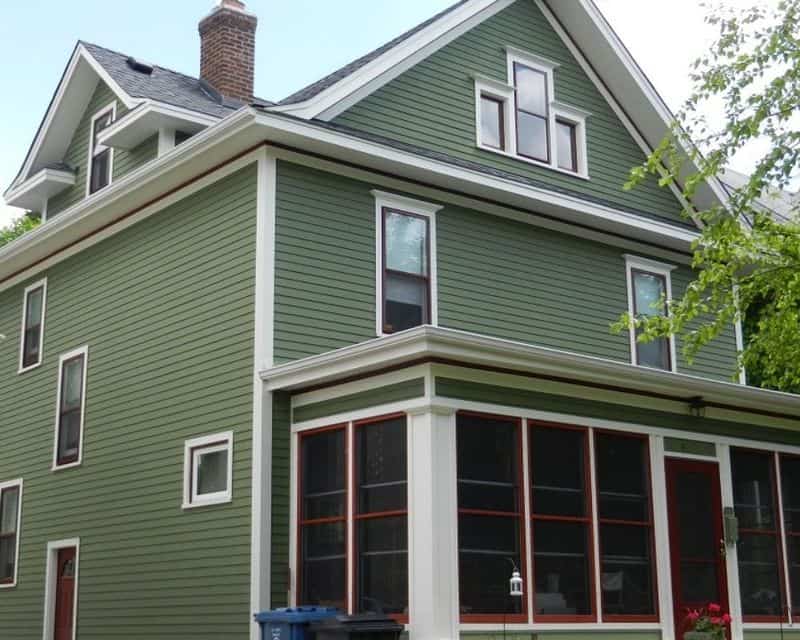
Fiber cement offers a myriad of design options. From modern sleek panels to rustic wood-like textures, it caters to diverse tastes.
Architects and designers love its adaptability. Its ability to mimic other materials without the drawbacks is a boon for creativity.
Homeowners can achieve their dream look effortlessly.
8. Low Maintenance
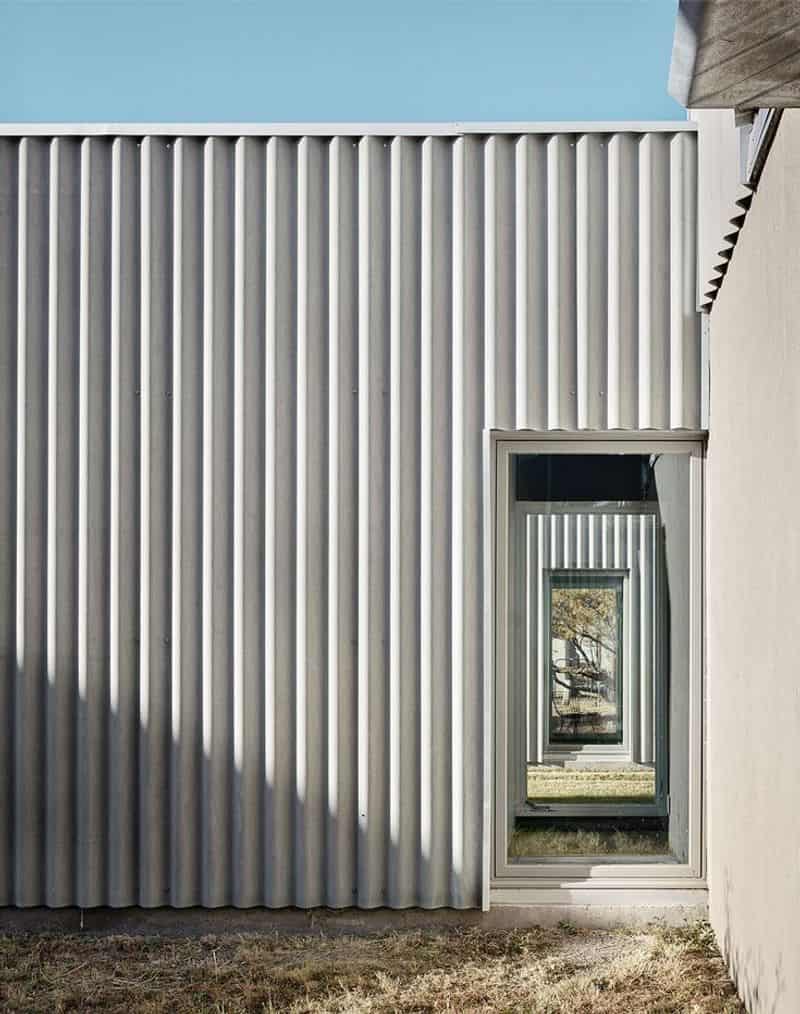
Minimal upkeep is a key advantage of fiber cement. It doesn’t require frequent painting or sealing. A simple wash is often enough to keep it looking fresh.
This ease of care is perfect for busy homeowners. Forget about constant repairs or touch-ups.
9. Weather Resistance
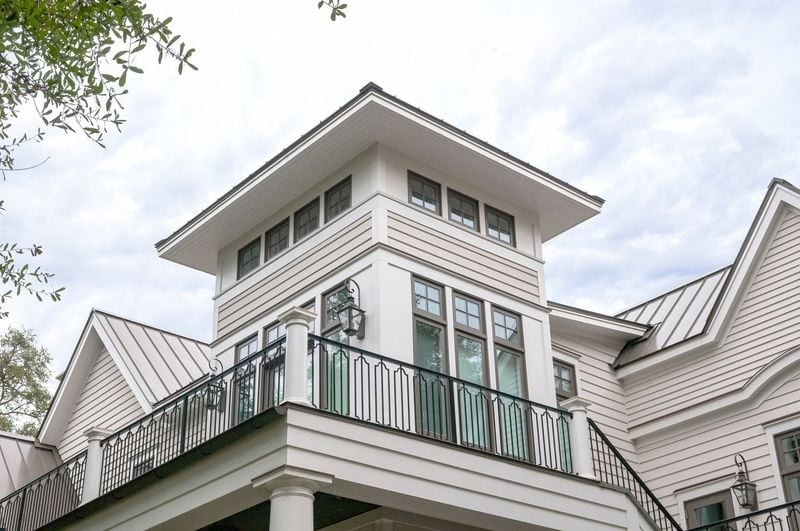
Fiber cement’s weather resistance is unparalleled. It withstands extreme climates, from torrential rains to scorching sun.
Its robustness ensures it won’t crack or fade easily. Imagine a material that faces nature’s fury and remains unscathed.
This resilience makes it an ideal choice for various geographical areas.
10. Insect Resistance
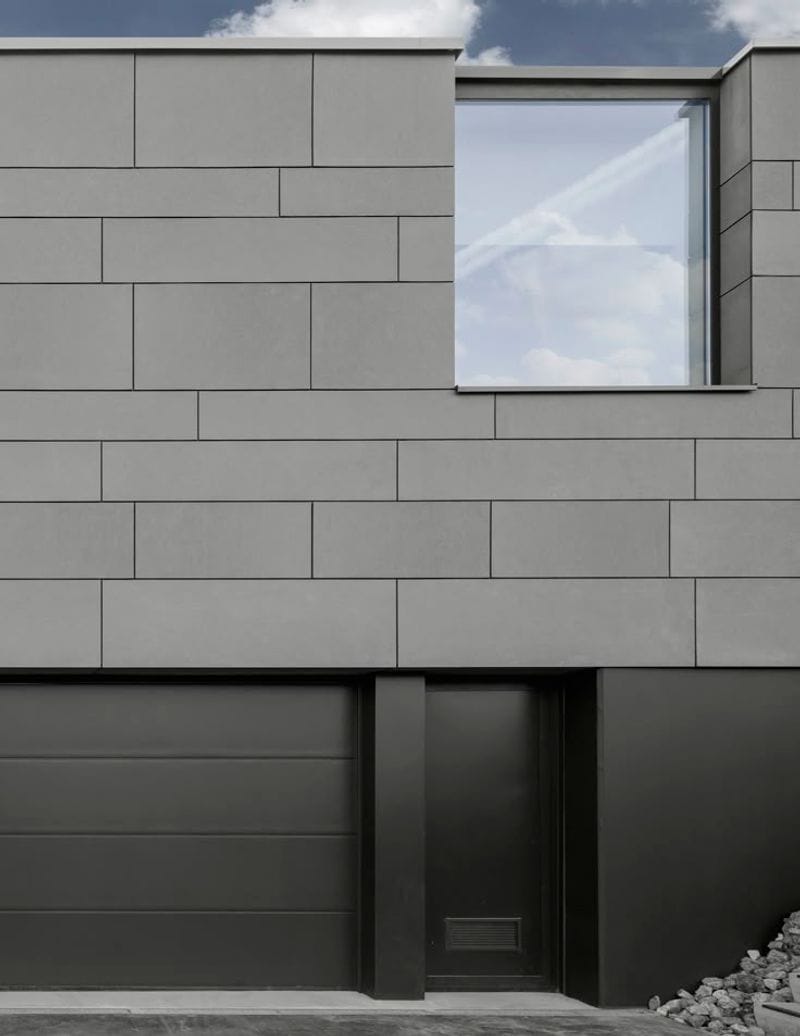
Insects are no match for fiber cement. Unlike wood, it doesn’t attract termites, offering security against infestations.
Its inorganic nature deters pests, providing a pest-free home environment. Over the years, this resistance translates to fewer headaches and expenses for homeowners.
It’s about building a safe, durable home.


